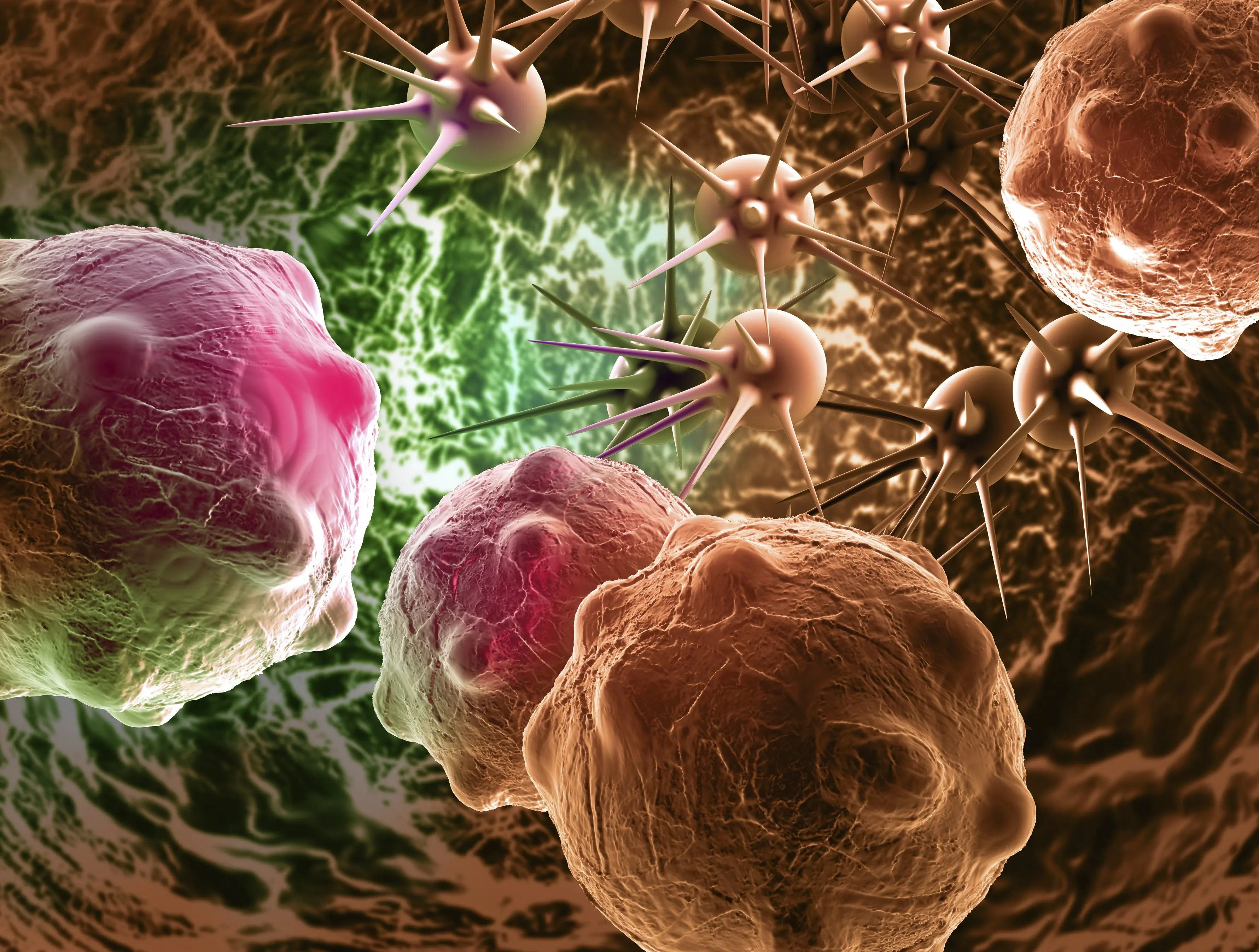
Mind-Blowing Discovery: Your Brain Detects Others’ Emotions Without You Knowing
Have you ever left a conversation feeling unsettled - like something was “off,” even though everything seemed fine on the surface? Or perhaps you looked at a friend who said they were “okay,” but deep down, you somehow knew they weren’t? As strange as it sounds, new research shows that your brain might be reading emotions far more accurately than you think - even when you’re not consciously aware of it.
In a groundbreaking neuroscience study, scientists have discovered that our brains pick up on the emotional states of others in ways that bypass conscious understanding. This means that even when we misread someone’s feelings outwardly, our brains may still be accurately processing their true emotional intent behind the scenes.
This isn’t just a feel-good idea about intuition - it’s neuroscience in action, and it could transform how we understand empathy, human connection, and the subtle, often invisible forces that drive our social lives.
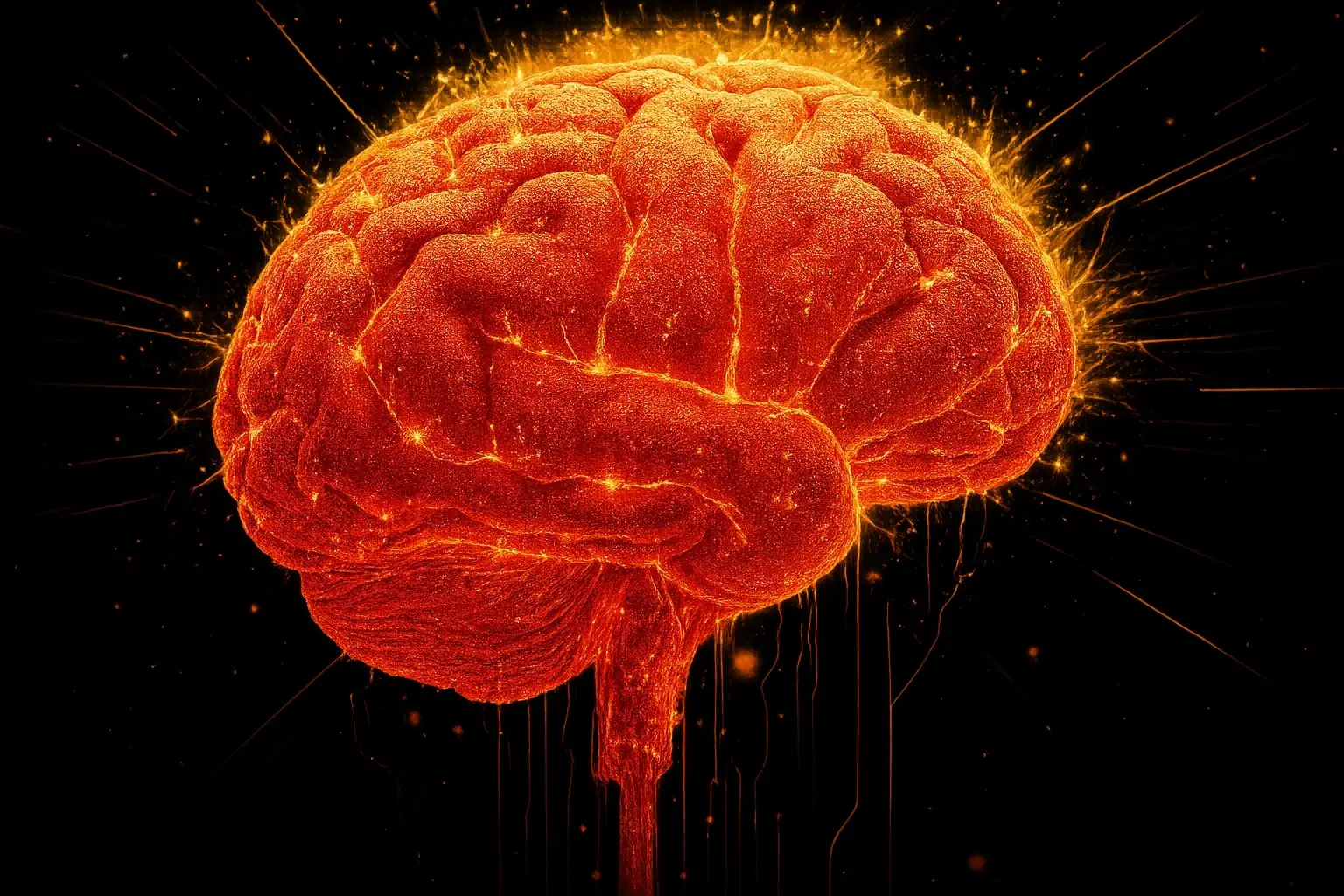
Emotion Detection: Your Brain’s Secret Skill
Humans have long relied on body language, tone of voice, facial expressions, and context to decipher emotions. These clues are the foundation of how we navigate relationships and social interactions. But recent findings suggest that your brain may be detecting much more - even when your conscious mind misses the mark.
A study conducted using functional magnetic resonance imaging (fMRI) revealed that participants’ brains lit up with patterns that matched the actual emotions of people they were observing - even when their verbal judgments were inaccurate.
“Even when observers misjudged how someone was feeling, their brains still reflected signals that corresponded with the speaker’s true emotional state,” the researchers reported.
In other words, your brain may be running a parallel track of emotional analysis that you don’t even know is happening.
The Study: Decoding Emotional “Truth” vs. Perception
In the study, 100 participants were shown video clips of individuals recounting emotionally intense moments from their lives - such as breakups, losses, or joyful experiences. As they watched, participants were asked to rate how strongly they believed the speaker was feeling at each moment.
But there was a catch: each video subject had already rated their own emotional intensity during filming. This gave researchers an emotional “truth” baseline they could compare against the observers’ impressions.
Here’s where things got fascinating.
When researchers analyzed the fMRI data, they found that even when viewers misjudged the speaker’s emotional intensity, their brain activity patterns still aligned with the actual emotional experiences reported by the speakers.
“It’s as if the brain has two simultaneous channels - one tuned into what the person is genuinely feeling, and another processing what we think they’re feeling,” lead neuroscientist Dr. Lisa Feldman Barrett noted.
This discovery suggests that the brain is essentially dual-wired for empathy: one system tracks emotional truth, while another tracks emotional interpretation. The two often overlap, but when they don’t, misunderstanding arises.
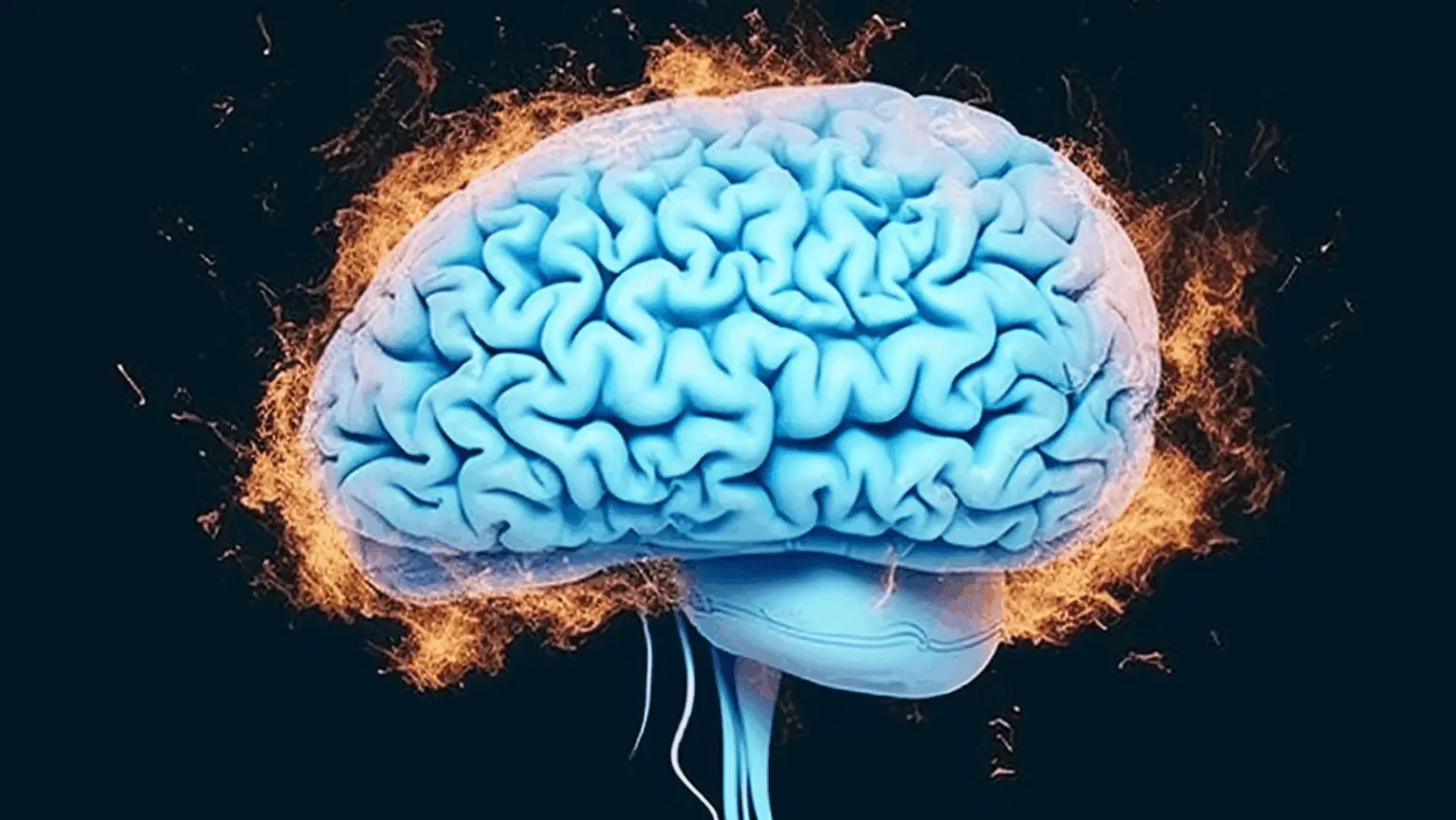
Two Stories, One Brain: Emotional Intent vs. Emotional Inference
Researchers dubbed the two neural responses the “Intent Story” and the “Inference Story.”
- The Intent Story reflects the actual emotions being conveyed by the speaker. This is the emotion they are authentically trying to express.
- The Inference Story represents the observer’s interpretation - what the viewer thinks the speaker is feeling.
Amazingly, these two patterns were tracked in different regions of the brain, running simultaneously. This means your brain can register someone’s true emotional signal even if you misread it on the surface.
“This dual processing may explain why we sometimes feel something is ‘off’ in a conversation, even if we can’t articulate why,” says Dr. Barrett.
It also explains those “gut feelings” we get when someone is hiding their true emotions. While our conscious brain may accept the words being spoken, deeper neural mechanisms are picking up on the emotional signals that contradict them.
When the Stories Sync: Empathy Reaches Its Peak
So, what happens when both stories - intent and inference - align?
That’s when empathy reaches its full potential. Researchers call this “empathic accuracy,” the ability to accurately understand and resonate with another person’s emotions.
When the brain’s Intent and Inference Stories mirror each other, individuals are not only more in sync emotionally, but also more capable of responding in kind and with compassion. This kind of resonance creates stronger bonds, deeper communication, and higher-quality relationships.
However, when the stories don’t match - when we interpret sadness as anger, or numbness as disinterest - empathy falters, and misunderstandings multiply.
“Empathy is essentially a neurological dance between the emotional broadcast and the emotional reception. The more synchronized the rhythm, the stronger the connection,” the study concludes.
Where It Happens in the Brain: The Emotional Blueprint
So which parts of the brain are responsible for this hidden emotional detection?
- The “Intent” signals - those that reflect the speaker’s real emotions - were most active in the precuneus, angular gyrus, and anterior insula. These areas are associated with self-reflection, social cognition, and awareness of others.
- The “Inference” signals - your personal interpretation of another’s emotions - activated regions involved in mental simulation and bodily self-awareness, suggesting the brain uses your own past experiences to guess what others are feeling.
“When we empathize, our brains create a kind of emotional simulation - essentially imagining ourselves in the other person’s situation,” explained neuroscientist Dr. Rachel Zaki.
This “mental mirroring” is at the heart of empathy, allowing us to relate to others by recreating their emotional states within our own minds.
Implications: From Therapy to Technology
This discovery has far-reaching implications - not just for understanding human relationships, but also for fields like psychology, mental health, and even artificial intelligence.
- Therapy and Emotional Intelligence
Therapists could use this knowledge to help clients improve emotional awareness. Teaching people to recognize when their “inference” and “intent” perceptions are out of sync may lead to more accurate, compassionate communication.
- Conflict Resolution
Understanding that our brains may detect emotional truths even when our conscious minds don’t can be a game-changer in resolving interpersonal conflict. Leaders, negotiators, and mediators can be trained to trust their intuitive responses more and tune in to subtle signals during tense conversations.
- Human-AI Interaction
As emotional AI and machine learning models advance, integrating insights from this study could lead to more emotionally intelligent systems. Imagine a digital assistant that not only listens to your words but can accurately sense your emotions based on vocal patterns and micro-expressions.
- Education and Parenting
Children can be taught from a young age how to distinguish between emotional inference and emotional reality, helping them develop deeper emotional intelligence and reduce peer misunderstandings.
Why We Sometimes Get It Wrong
If the brain is so good at tracking emotions unconsciously, why do we still misread people?
The answer lies in cognitive biases and past experiences. Our inference systems are colored by personal history, trauma, culture, and emotional conditioning. These filters can distort how we interpret emotional signals - even when the deeper parts of our brain are accurately tuned in.
“It’s like having two translators in your head - one fluent in emotion, the other filtered through your past. The goal is getting them to speak the same language,” said Dr. Zaki.
Final Thoughts: A Sixth Sense of Empathy
This study reveals something extraordinary about the human brain: we’re not just emotional guessers - we’re emotional receivers. Beneath our words, judgments, and facial expressions lies a neural network working tirelessly to decode the inner lives of others.
While we may not always be consciously aware of it, our brains are wired for connection, built to feel what others feel - even when those feelings remain unspoken.
So the next time you get a gut feeling that someone isn’t quite okay, or you sense emotion beneath the surface, trust your brain - it might be reading emotional truth better than you are.
“Empathy isn’t just a feeling - it’s a biological function,” the study reminds us. “And it may be one of the most powerful forces driving human connection.”
News in the same category


Brain Teaser: Can you identify the error in this family’s dining room photo in under 15 seconds?

Authorities Discover 1,600‑Foot Drug Tunnel Under Us–Mexico Border With Lighting And Rail System

Bill Gates Says Only 3 Jobs Are Safe From AI — Are You In One Of Them?

Here’s What It Really Means When A Man Turns His Back In Bed

If You See A Man With One Painted Fingernail, Here’s What It Means

This house looked like it was about to fall into itself until one family stepped in

Bill Gates reveals profession which will remain '100% human' even after AI replaces most jobs

People shocked after passenger filmed as their phone went through X-ray scanner at airport

Mammoth structures discovered beneath Africa could be 'ancient planet' 4,500,000,000 years old
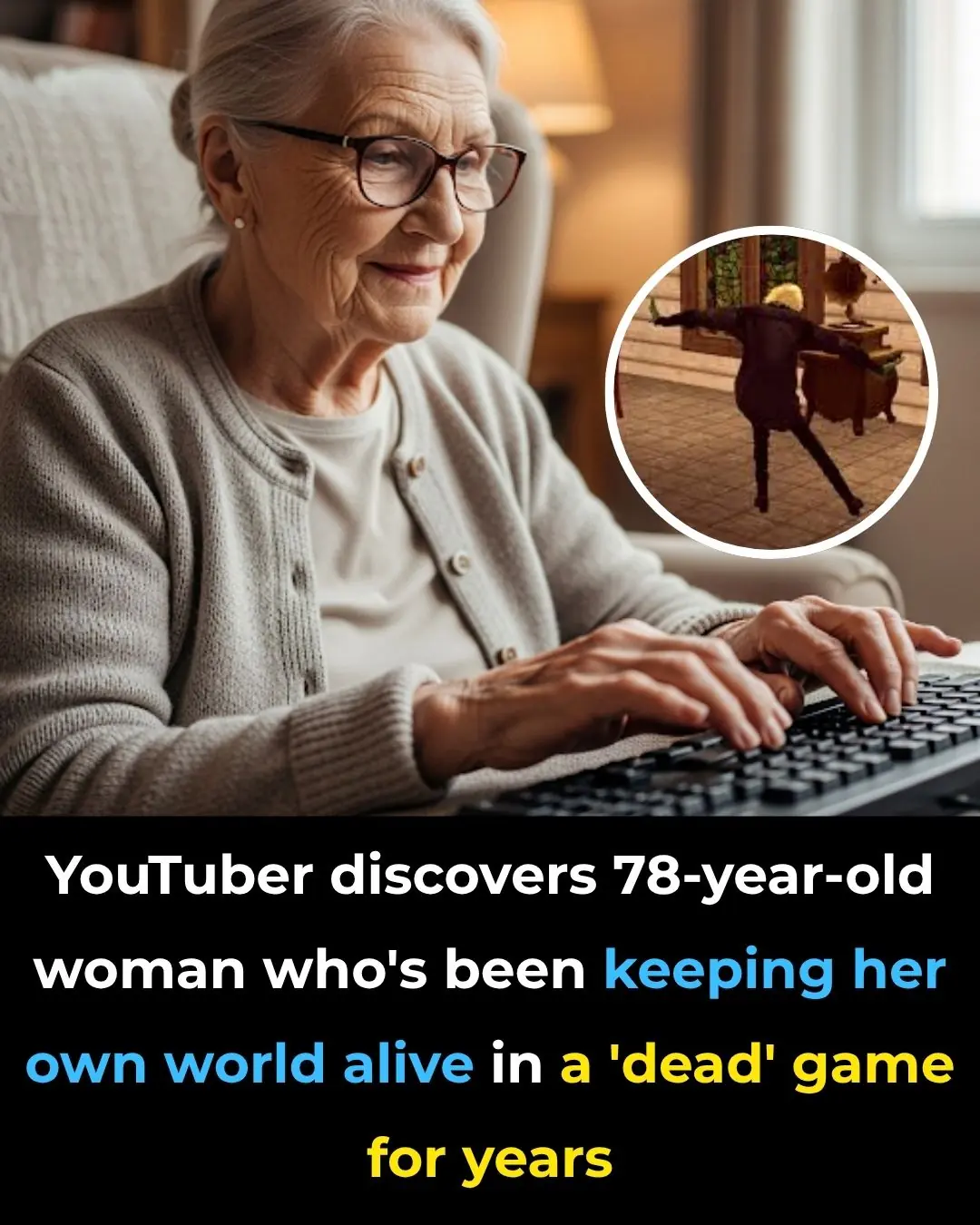
YouTuber discovers 78-year-old woman who's been keeping her own world alive in a 'dead' game for years

If You See A Man With One Painted Fingernail, Here’s What It Means

Six Minutes Beyond Life: What I Saw After Dying And Coming Back

Hotel Warning: 3 Disturbing Signs You Should Never Ignore

Air India Crash Passenger Shared Eerie Clip Showing Total Power Failure Hours Before Tragedy

Could Psilocybin Be The Key To A Longer Life? Researchers Are Shocked
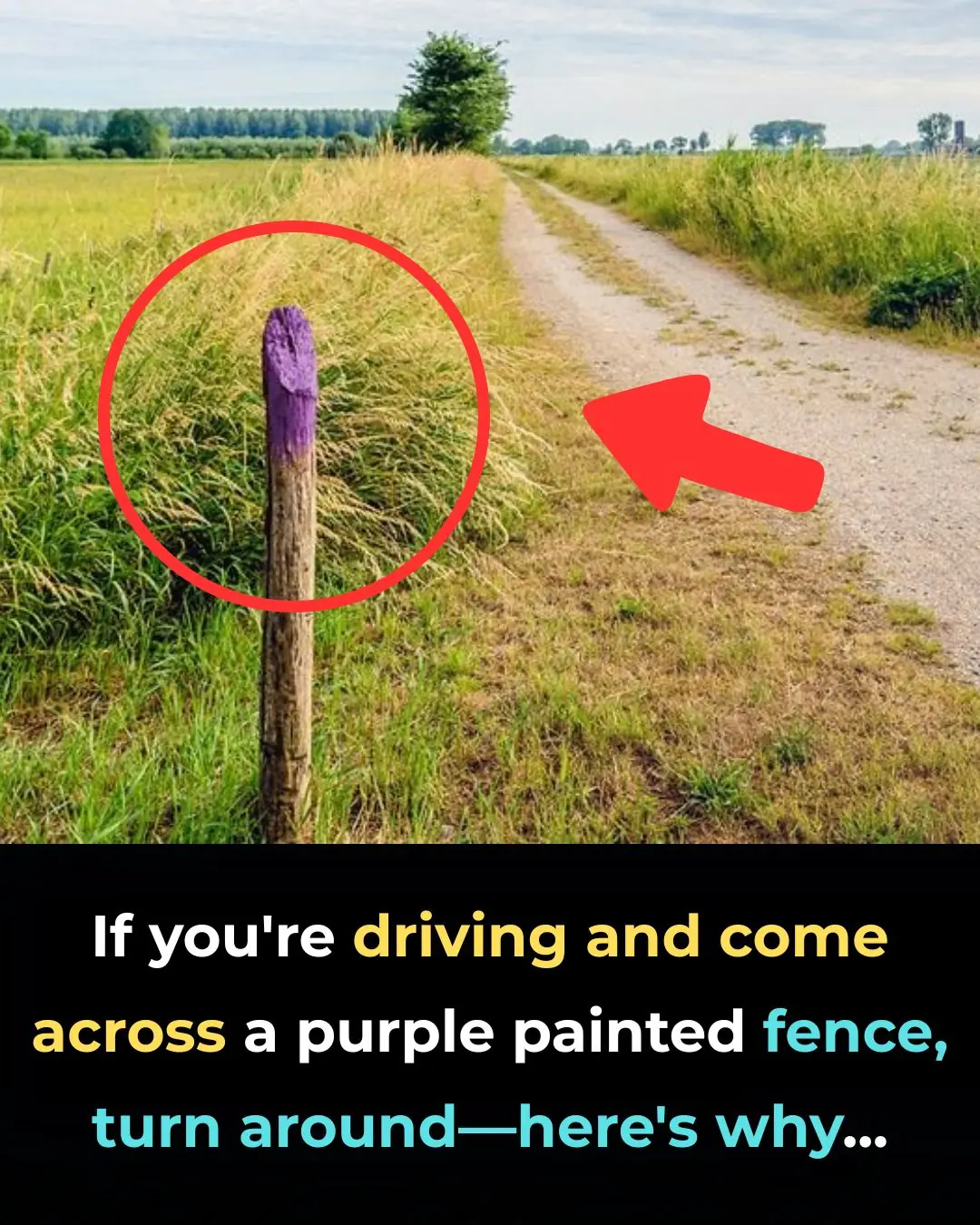
If You See A Fence Painted Purple, You Better Know What It Means – Knowing This Can Save Your Life
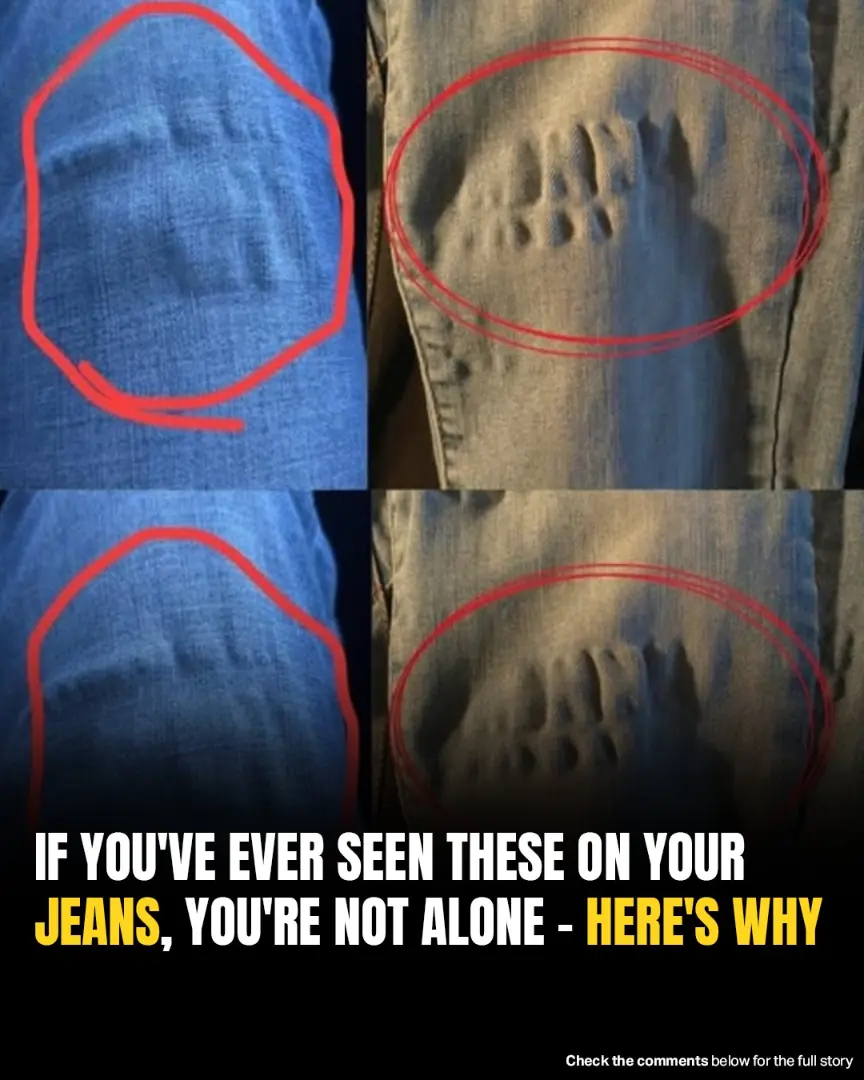
What Causes Those Strange Ripples In Your Jeans After Washing?

Expert reveals horrifying reality of what would happen if Earth's rotation continues to speed up

Largest piece of Mars ever on Earth could fetch stunning $4,000,000 at auction
News Post
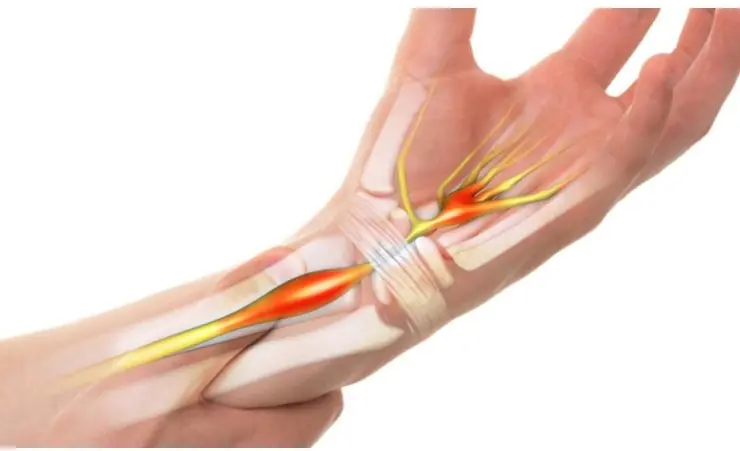
Waking Up with Numb or Tingling Hands: What It Really Means (Science-Based)
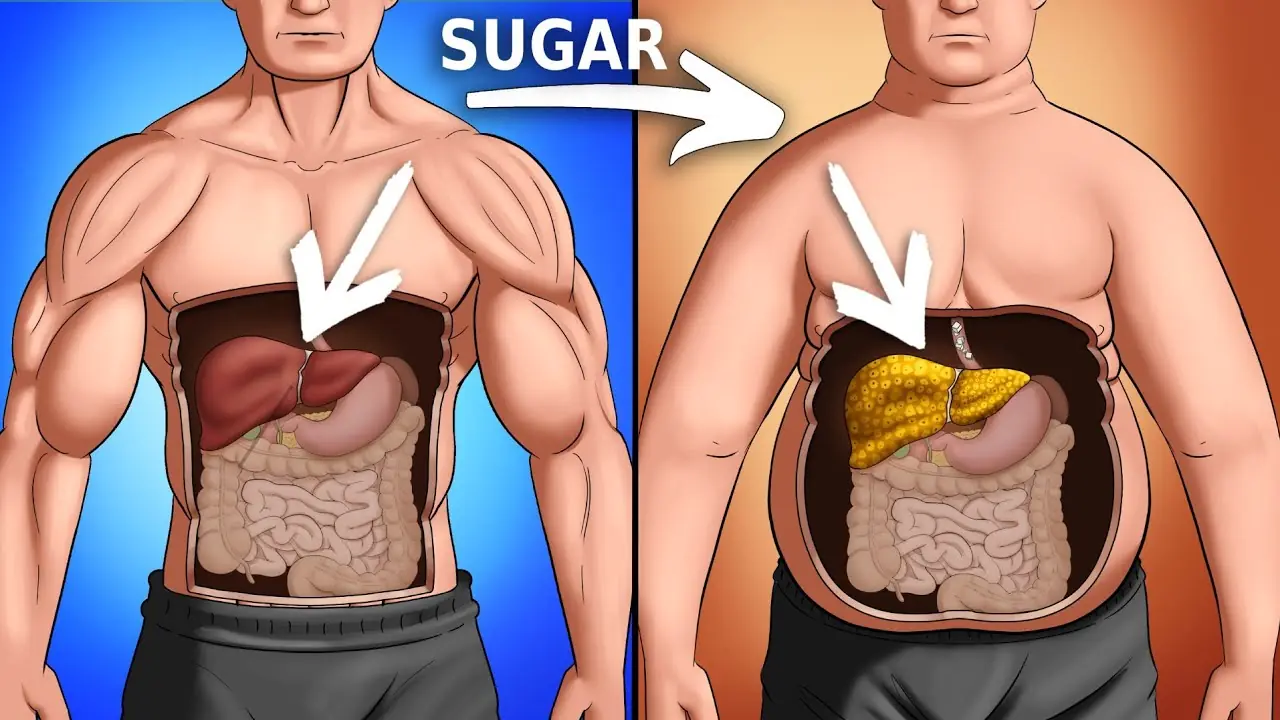
Scientists Explain The Effects of Eating Too Much Sugar

Urgent Warning: U.S. Salmon May Be Infected with Japanese Tapeworm, Say Scientists

Earth Plunged Into Darkness For Six Minutes In Rare Event Not Seen In A Century

Brain Teaser: Can you identify the error in this family’s dining room photo in under 15 seconds?

Authorities Discover 1,600‑Foot Drug Tunnel Under Us–Mexico Border With Lighting And Rail System

Bill Gates Says Only 3 Jobs Are Safe From AI — Are You In One Of Them?

Here’s What It Really Means When A Man Turns His Back In Bed

If You See A Man With One Painted Fingernail, Here’s What It Means

This house looked like it was about to fall into itself until one family stepped in
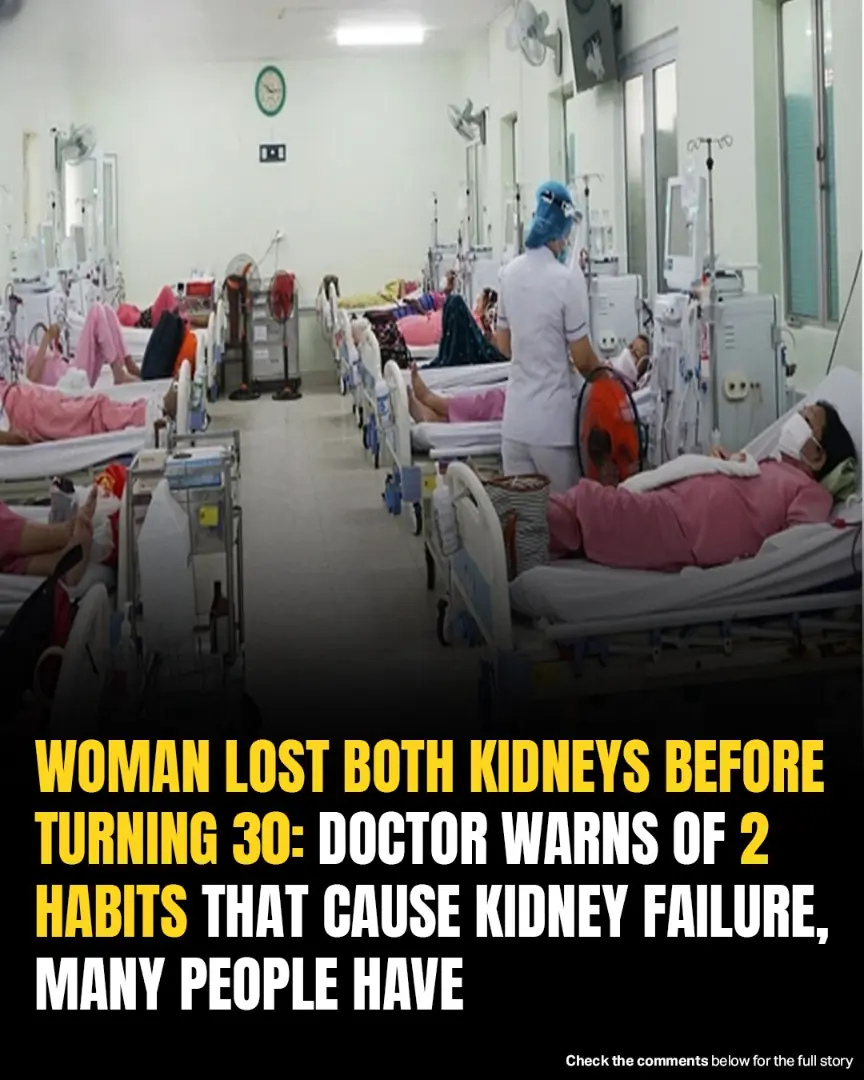
Why Kidney Failure Is Striking The Young—And How To Stop It

Bill Gates reveals profession which will remain '100% human' even after AI replaces most jobs

People shocked after passenger filmed as their phone went through X-ray scanner at airport

Mammoth structures discovered beneath Africa could be 'ancient planet' 4,500,000,000 years old

YouTuber discovers 78-year-old woman who's been keeping her own world alive in a 'dead' game for years

Nurse Reveals The Spine-Chilling Truth About What Happens After We Die

If You See A Man With One Painted Fingernail, Here’s What It Means

One Month Before A Heart Attack, Your Feet Will Give You These 6 Silent Warnings

Six Minutes Beyond Life: What I Saw After Dying And Coming Back
